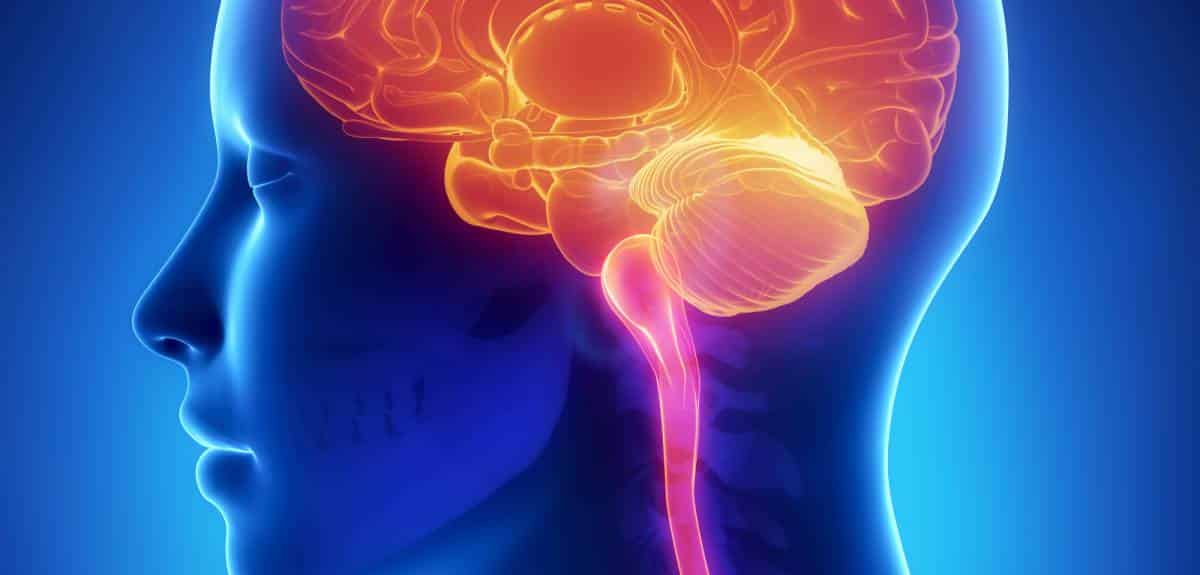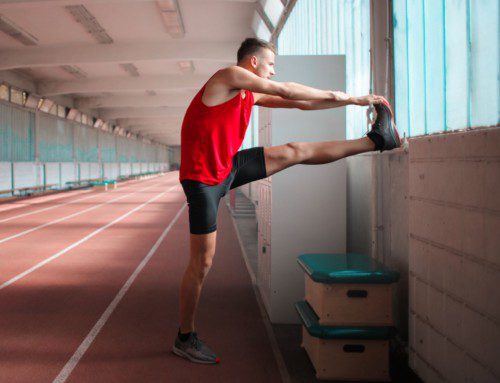When was the last time you actually thought about the exercise you were performing? Or has your exercise routine become so, well, routine, that you don’t even think about what you’re doing anymore?
There is research to suggest that this might not be the most useful way to use your mind when exercising. Mentally visualizing an action or body part may enhance that particular activity or muscle group, according to many studies published on the topic. Mental exercises and imagery not only strengthens your cognition and learning, but it can also help to recovery muscle strength lost by injury or stroke. Many studies have concluded that the same plastic changes in the motor cortex that occur with physical practice also occur as the result of motor imagery. Visualization, or motor imagery, has been used by professional athletes to enhance their strength, stamina and performance. Visualizing a particular movement or activity can make movements more efficient and increase confidence to achieve a goal.
In one study performed by researchers in the Netherlands, they immobilized a finger in 28 participants to determine if motor imagery resulted in faster recovery of hand function. They found that motor imagery significantly improved motor preparation time and central hand functions following 6 weeks of immobilization. Another similar study used 29 subjects in rigid elbow-to-finger casts for 4 weeks. Half of the subjects were instructed to to visualize contracting their wrist muscles for 5 seconds, then relaxing for 5 seconds. These subjects did not and could not move their wrists; they only imagined what it would feel like to do so. This was performed 4 times in a row with one minute rest, for 13 times per session, 5 sessions per week, for 4 weeks. The other half of the participants did no imagery. When the casts were removed, all participants had lost strength in their arm muscles. However, the participants who did no imagery lost 45% more of their strength than the imagery group. Furthermore, participants in the imagery group regained their ability to fully activate their arm muscles faster than the non-imagery group.
The results of these studies indicate that, rather than physical strength loss, neurological mechanisms at the cortical level are to blame for these weaknesses. Researchers estimate that the reason for this loss of strength is the reduction in neural pathways and loss of motor learning by not utilizing the muscle during immobilization. Experts suggest imagining what it feels like to perform that particular action without actually performing it rather than just thinking about a movement from a third-person perspective. By using visualization techniques, people can strengthen their motor memory for a task and reestablish these lost neural connections.
This isn’t a free pass to skip exercising! There is still no substitute for actual exercise and resistance training to build strength and maximize function. However, motor imagery may be useful during those times in which you cannot exercise, like after surgery or after an injury.
Resources
Effects of motor imagery on hand function during immobilization after flexor tendon repair. Stenekes MW, Geertzen JH, Nicolai JP, et al. Department of Plastic Surgery, University Medical Center Groningen, Groningen, The Netherlands. Arch Phys Med Rehabil. 2009 Apr;90(4):553-9.
The power of the mind: the cortex as a critical determinant of muscle strength/weakness. Clark BC, Mahato NK, Nakazawa M, et al. J Neurophys. 2014 Dec; 112(12): 3219-26.





